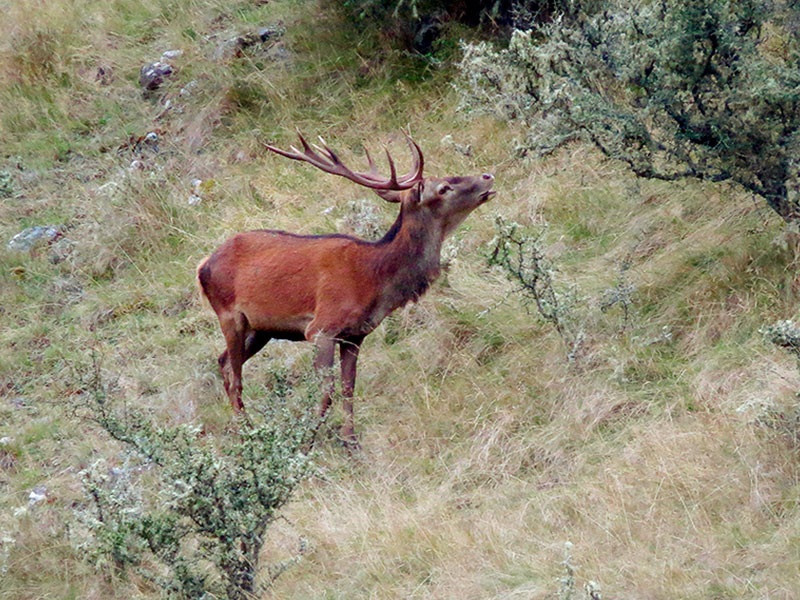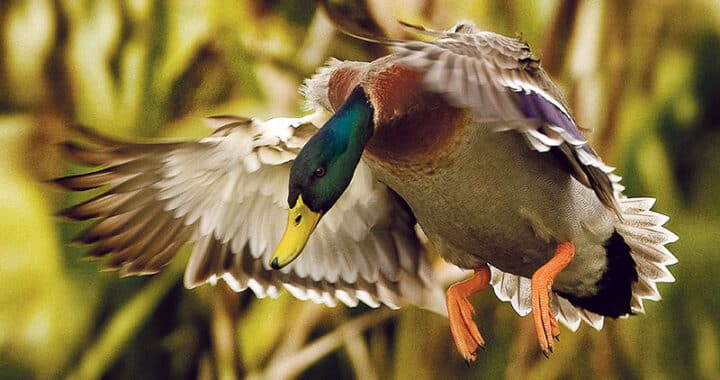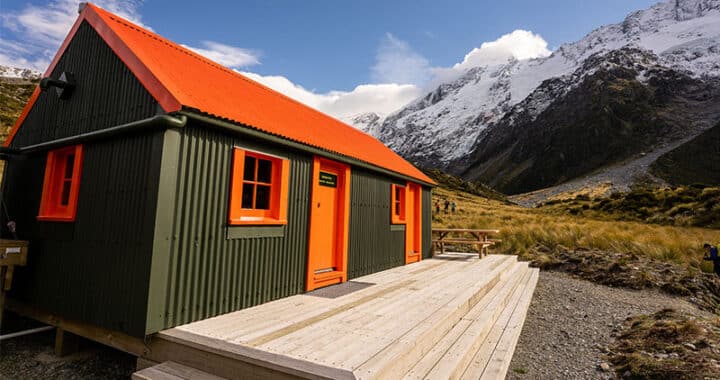Pro hunting tip: think like a deer in winter
2 min read
A stag just after the autumn roar, eyes the warmer, sunny faces uphill. Photo: Ben Hope
A cocooned life of heat pumps, log fires, and electric blankets can often make us forget the dipping temperature during winter. But deer don’t have any of those technological treats. They rough it through hail, sun, rain and shine all year round.
Seasons are significant to deer, and they adapt to the differences between summer and winter to find the most comfortable living. In winter, for example, the mountains feature hard successive and severe frosts. The flats along creeks, especially where shaded by the combined effect of high ridges to the north and the lower angle of the sun, can be in perma-frost during the height of winter. Deer will avoid that. Similarly, the tussock alpine tops are often under heavy snow in winter, and deer will avoid that too because food is scarce or non-existent.
While there are exceptions to every rule, generally, in winter, deer are more likely to be between the frosty creek beds and the snowed-in tussock tops. For comfort in winter, they are more likely to seek the relative warmth of sunny north-facing slopes.
It’s really basic.
Read more: What’s in your hunting pack?
Read more: Deer stalking in winter: hunt higher, sunny slopes
Read more: Selectively harvesting a deer
If you were permanently living in the mountains, where would you be spending the days, depending on whether it’s winter or summer?
Obviously, in winter, you would be higher on the slopes, catching the warm sun, more likely on the warmer north-facing ones rather than on the shaded, colder southerly facing ones or in the shaded refrigerated creek beds.
One of my hunting companions, Albie, who I hunted with in the Ruahine Ranges many years ago, was a thinking hunter. He worked out where the deer would be depending on the time of the year. In the valley we hunted, during hot, sunny summer days, he would drop into the creek where there were some shaded terraces about 20 metres above the stream. Invariably, he would pick up a deer on the terraces by carefully bush stalking these cool havens. In winter, he ignored these terraces as potential deer spots because they were cold and damp. No self-respecting deer would be there.
A late afternoon hunt a year ago showed deer’s liking for comfort. It was sunny but with a bitterly cold Antarctic-born southerly wind. I glassed the usual places, but they were exposed to the biting chill. But then in a sheltered grassy basin out of the wind, there were two young stags sunning themselves in the late afternoon sun.
I contented myself with photographing them and then quietly sneaked out.
Think like a deer is like thinking where you would be in mid-winter if you we’re living in the mountains. It also means respecting those razor keen senses of the animal.



